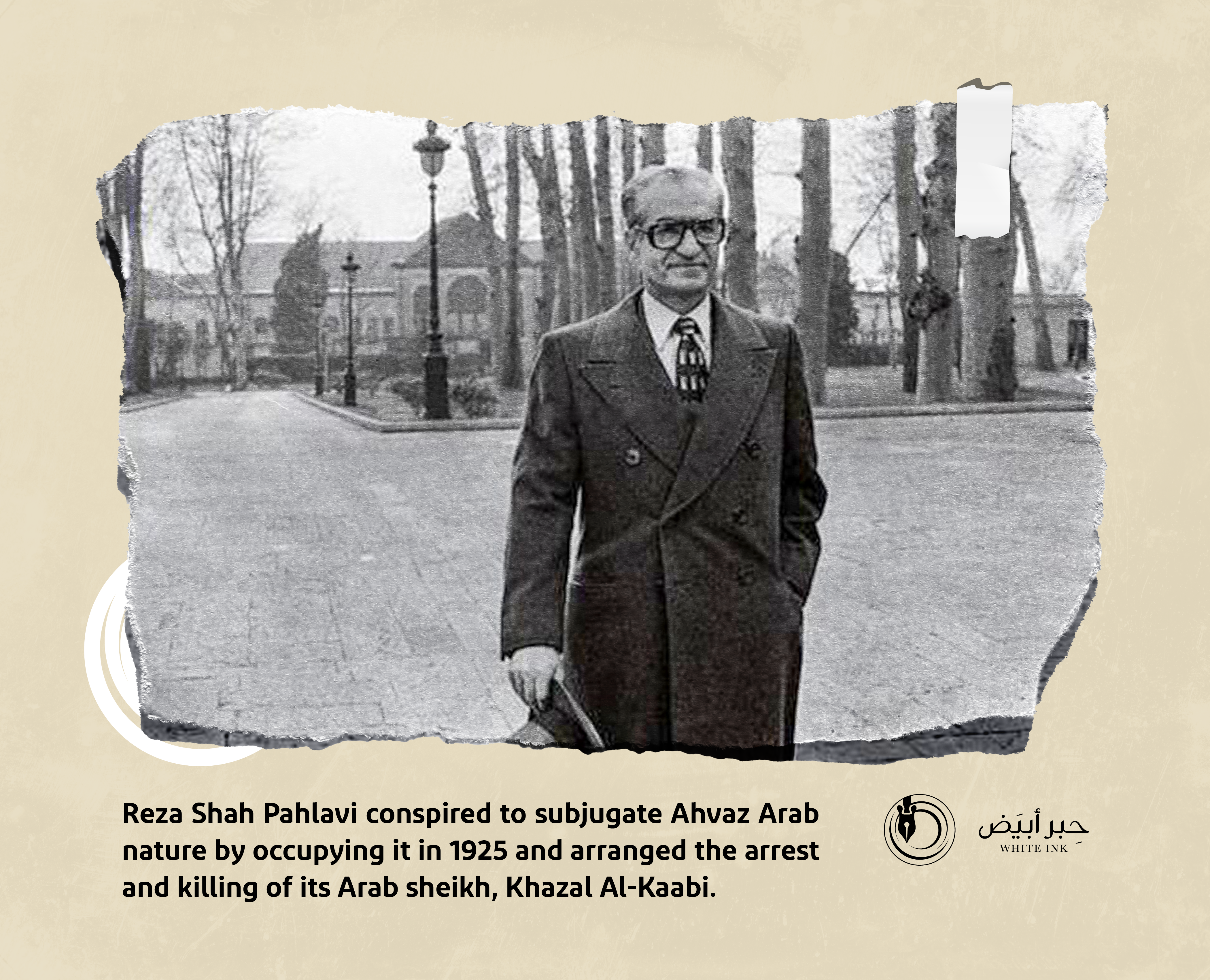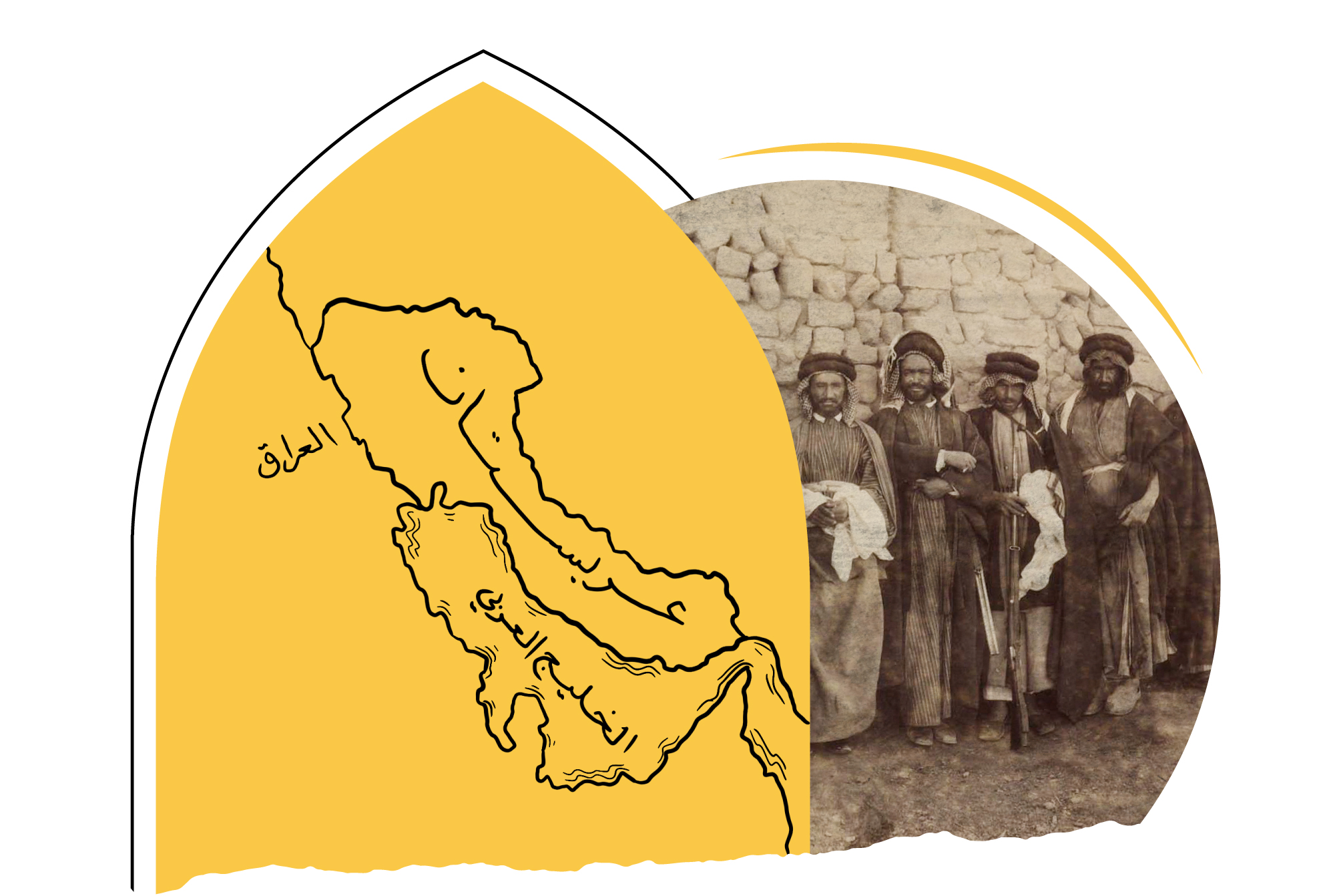
Arab Extension of "Arabistan" Region
Carsten Niebuhr: "Our geographers made a mistake when they portrayed that part of the Arabian Peninsula is under Persian rule"
The Arab region of Ahvaz is considered an extension of Iraq to the east, in the areas between Zagros Mountains and Bakhtaria. It is a natural outlet and a strategic passage connecting to Iraq. That is why every invader from the east was keen to occupy Ahvaz to be a base for attacking Iraq whenever the opportunity arose, which is what the commander of Al-Ma’mun’s army, Taher ibn Al-Hassan, did, as well as Yaqoub ibn Al-Laith Al-Saffar, and Ahmed ibn Buyah also succeeded in controlling Iraq through Ahvaz. This was severally repeated in the Buwayhid dynasty’s control over the Abbasid state.
Accordingly, Ahvaz is the Arab world side in the east, so the Abbasid state was keen to strengthen and preserve it, while its enemies were keen to station themselves therein and prepare for any invasion or attempt to control Iraq and its capital, Baghdad.
The area located on the west coast of the Arabian Gulf was called Ahvaz because it remained, since before the conquests, purely Arab in the possession of the Arab tribes that migrated from the coasts of the Arabian Peninsula to the opposite coasts during their commercial trips and owned the region 1,500 years ago. German traveler, Carsten Niebuhr, who toured the Arabian Peninsula in (1762), says about the Arabs of Ahvaz: “I cannot pass by similar silence by the most important Arab-colonies, which despite being established outside the borders of the Arabian Peninsula, are the closest thereto. By this I mean the Arabs living on the southern coast of Persia, who are mostly allied with the neighboring sheikhs or subject thereto. Different circumstances agree to indicate that these tribes settled on the Gulf before the conquests of the caliphs and have always maintained their independence. It is funny that our geographers depict a part of Arabia as subject to the rule of the Persian kings, while those kings could never be masters of the sea coast in their own state. Rather, they patiently tolerated that this coast should remain in the possession of the Arabs”.
He also said: “I think our geographers made a mistake when they depicted for us a part of the Arabian Peninsula under the rule of the Persians, because the Arabs are the ones who own, otherwise, all sea coasts of the Persian Empire, almost from the mouth of the Euphrates to the mouth of the Indus (in India). It is true that the settlements located on the Persian coasts do not belong to the Arabian Peninsula itself, but given that it is independent from Persia, where its people have the language and customs of the Arabs, I was keen to give a brief overview of them. It is impossible to determine the time when the Arabs established these colonies on the coast. It was stated in the ancient biographies that they established it ages ago. Based on the few glimpses that were mentioned in ancient history, it is possible to guess that these Arab colonies arose during the era of the first kings of the Persians”.
In the past, Ahvaz region was known as (Elam), which is a name that came from the Sumerians and Akkadians. The region was subject to Akkadian Empire, after which Elam was subjected to the rule of the Kutites, then to the Babylonian kingdom during the era of Hammurabi and then to the Assyrian kingdom. When the Chaldeans and the Medes destroyed the Assyrian kingdom, Elam became under their control until the Achaemenid Persians took control thereof in the year (539 BC) and Al-Sous became the capital of the region. Despite Ahvaz subordination to the Persians, its region remained autonomous and its people continued to use their Syriac language, which is strongly connected to the Arabic language. The Achaemenids could not impose their Zoroastrian religion on its people.
The Persians did not control Ahvaz in the past, except in the era of the Achaemenid state.

Arab liberation of Ahvaz from the Persians:
The history of the Arab conquests launched against the Sassanids with the aim of restoring Ahvaz dates back to the days of the Islamic Caliphate and its liberation was linked to the liberation of Basra, as Bakr Ibn Wael tribe that settled in (Al-Abla) launched raids on the western outskirts of the Sasanian Empire.
Among the most prominent Arab leaders in those battles was Qutbah ibn Qatada, to whom Umar ibn Al-Khattab, immediately after assuming the caliphate with support, sent a support led by Shuraih ibn Amer, who was killed in one of his battles in Ahvaz. Then he sent him a major force led by Utbah ibn Ghazwan, who settled in Basra, and then began tribal migrations flowed from Tamim, Bakr and the Hijaz tribes, who formed the army that liberated Ahvaz through successive battles.
After the victory of the Arabs in the Battle of Al-Qadisiyah, Abu Musa Al-Ash’ari conquered Ahvaz and the region remained from the year (637) to (1258) under the rule of the Arabs, subordinate to the state of Basra, until the days of the Mongol invasion. Then the Arab Mosha’a state arose therein (1436-1724) and the Safavid and Ottoman states recognized it and its independence. Then the Ka’abite state arose (1724-1925) and maintained its independence as well.
Ahvaz preserved its Arab identity and remained administratively under the banner of the Iraqi city of Basra for several periods. It was divided into six regions, where each was ruled by a governor subordinate to the Arab state (Umayyad and Abbasid). For a long time, Ahvaz remained a base for competition over the rule of Baghdad, as it is the Arab population reservoir and the natural passage to Iraq towards the coasts. It also witnessed the decisive battle between the sons of Al-Rashid, Al-Amin and Al-Ma’mun, in the year (812), which later resulted in murdering Al-Amin and the victory of Al-Ma’mun.
The strategic location of Ahvaz, in its mediation between India and China in the east, the coasts of the Arabian Peninsula in the west and its extension to Iraq in the north, gave it great importance and economic role in the region and the world. Ahvas is a major point of contact between the Near and Far East, in addition to being Arab bridge in Asia.
In addition, Ahvaz is a reservoir of wealth that Persian Iran feeds on today and fears its secession or the cessation of its control thereover due to the region’s richness in raw materials and huge agricultural and fisheries potentials. Its status increased after oil and gas were discovered therein early in the nineteenth century, which were firstly found in (1908), in Suleiman Mosque area, which is one of the cities of Ahvaz, located 150 km from the head of the Arabian Gulf. Oil pipelines were extended in Ahvaz (Arabistan) in the year (1912) from the oil regions therein to the Abadan Port, in order to transport crude oil therefrom abroad through a dock for ships established for that purpose. An oil refinery was also built therein as Ahvaz fields contain a huge amount of oil and gas.
The Persians conquer the Arabism of Ahvaz:
Ahmed Al-Muzaffar’ book, Ahvaz, reveals that the Persians gave Ahvaz different names with the intention of erasing its Arab identity; such as (Khuzestan), which means the state of castles and forts. However, during the reign of Shah Ismail the Safavid, the region regained its Arabic name, yet in the Persian pronunciation, so it was called (Arabistan), which means the region of the Arabs, in an indication of the intense presence of Arabs and their originality in Ahvaz.
The author points out that Ahvaz region is located, according to the ancient geographical divisions, between Karun River and Tab River up to the city of Maysan, where its borders have been subjected to change and alteration according to administrative developments and new organizations in both Basra and Wasit, resulting from the expansion of the modern Arab state and the emergence of administrative organizations related to collection system.
Among the key cities in the region (Ahvaz), which the Persians later changed its name to a Persian name, is (Harmuz Shahr). It is located in a middle place between Basra, on the one hand, and the regions of the southern outskirts of the Iranian plateau, on the other. This is in addition to the very ancient cities of Sus, (Testur), (Jund Yasapur), (Ramhormes), (Mothoth) and many others.
Historical researcher, Ahmed Al-Muzaffar, points out that one of the Sasanian kings before Islam displaced some Arab tribes from Taghlib, Abd al-Qais and Bakr, and dispersed them in the regions of Tuj, Kerman and Ahvaz, with the aim of limiting their authority and their maritime and commercial activity in the waters of the Arabian Gulf. Arabs also spread in Ahvaz by Islamic conquests. Arab stability in the region began with the era of Caliph Umar ibn Al-Khattab, may Allah be pleased therewith.


- Ibrahim Al-Obeidi, .. A Stolen Arab Land (Baghdad: Dar Al-Hurriya for Printing, 1980).
- Ahmed Al-Muzaffar, Ahvaz: From the Advent of Islam to Fifth Century AH (Damascus: Dar Al-Hassad, 2021).
- Hassan Al-Jaff, Encyclopedia of Iran’s Political History (Beirut: Arab House Encyclopedias, 2008).
- Abd al-Masih al-Antaky, Flowering Gardens between Kuwait and Muhammarah (Beirut: The Arab House Encyclopedias, 2014).
- Ali Nima Al-Helou, Ahvaz in Its Historical Roles (Baghdad: Dar Al-Basr, 1967).
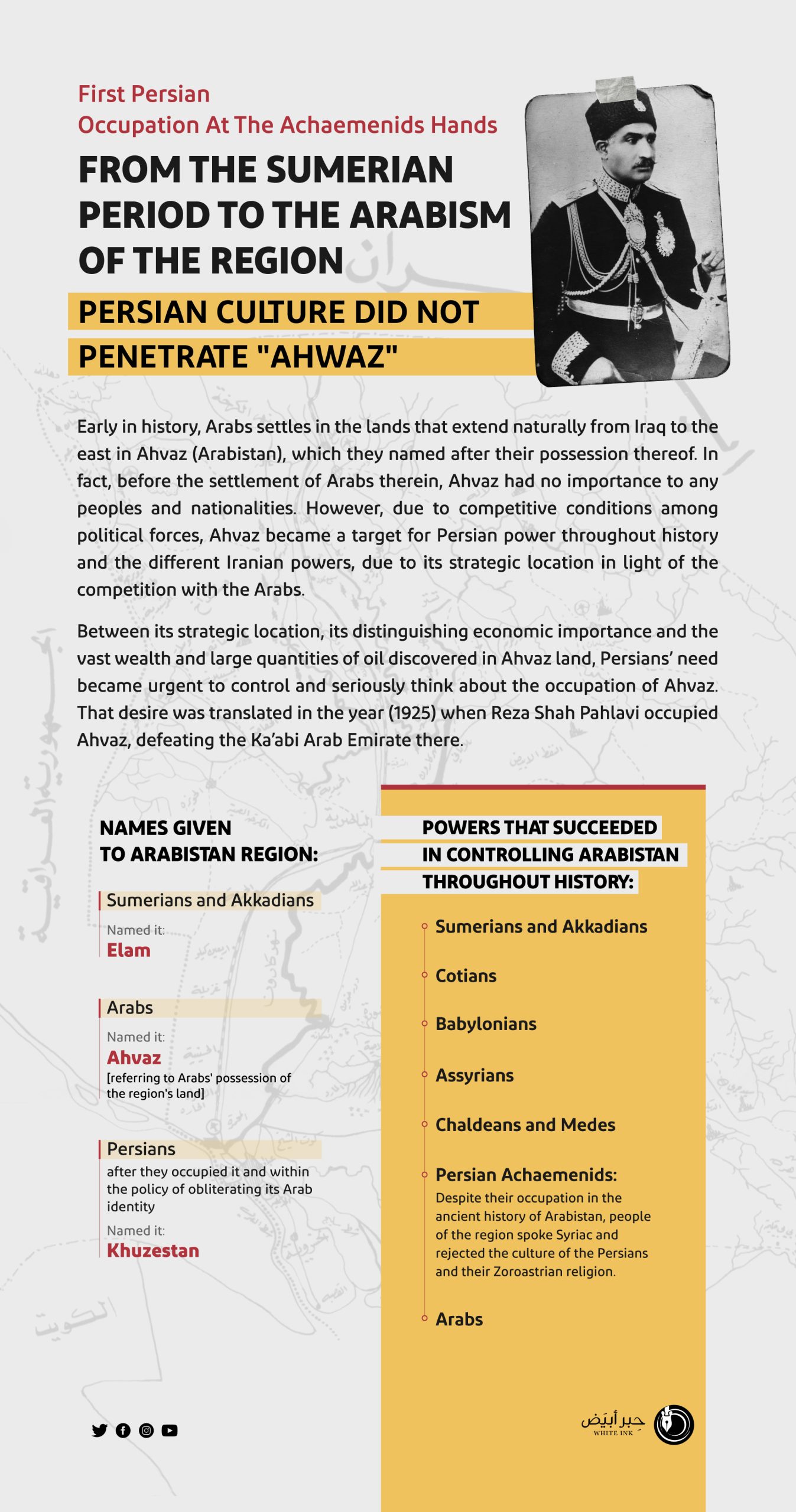
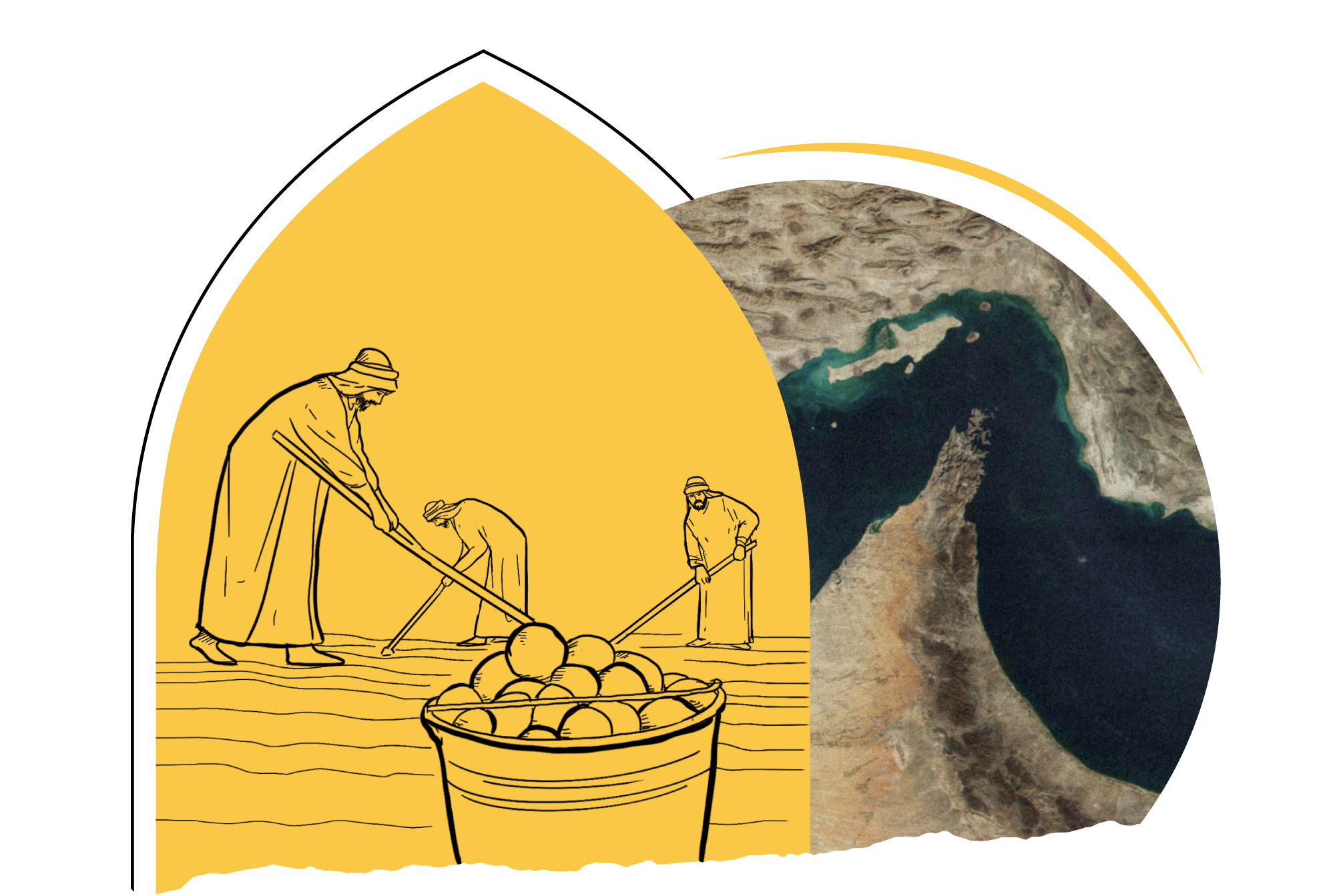
Ahvaz
Arab Lung from which Persian Iran Breathes
The Persian-occupied region of Arab Ahvaz remains a center of gravity in the Arab-Persian conflict. The moment Ahvaz Arabs win their cause, it will be reflected in the balance of power in the region and the national security of the Arab Gulf states.
Familiarity with “Arabistan” file is an introduction to an optimal defense favor Ahvaz cause, which must be addressed with the logic of “justice of the cause” first, and then with the logic of strategic intersections. This brings us to the logic of Badr Khadim Abd al-Rahman al-Dakhil, when he said: “Victory is where both ends meet”.
by the logic of strategic calculations (devoid of the bond of race and blood), Ahvaz cause falls within the category of “decisive strategic goal”, in order to achieve the objective strategic goal, which is to build a strategic wall against Iranian ambitions and transform Iran from a regional power into a normal state forced to coexist with its regional surroundings.
Historically, Arabistan remained a strategic target on the Persian agenda due to its natural, agricultural and energy potential, which rendered it a “basket” for Iran, Iraq and the Arabian Gulf alike. Not to mention, oil discoveries increased the importance of Arabistan and made it the economy and energy center of the Iranian occupier. In addition to the foregoing, the geostrategic importance of Ahvaz on the Strait of Hormuz enabled Iran to control this area, which constitutes the lifeblood of the Arabian Gulf states and Iran alike.
Ahvaz region is Iran’s economic and energy center and the food basket for the countries of the region.

In this regard, in numbers, Ahvaz produces about 70% of Iranian oil and the region contains 35% of Iran’s water. Ahvazi city of Abadan is one of the most important oil refining and export centers, where its facilities are linked to oil and gas fields in various parts of the state. It is also a strategic port that provides Iran with a valuable interface on the Arabian Gulf and international shipping heading from this region to various parts of the world.
On the existential importance of Arabistan for Iran, we find Shah Mohammad Reza Pahlavi dealing with the value of Ahvaz region for Iran in a speech he made before the Shura Council and the House of Representatives in 1964, where he said: “The Iranian interests in Ahvaz province, especially in oil spaces therein, will inevitably reach the amount of 1000 million dollars in the year 1970. I do not want to suggest an even bigger amount. Our benefits from the oil produced from the waters and coasts of the Gulf until the aforementioned date will reach a third of these amounts. If we add to that the revenues of natural gas, petrochemical industries, exports of chemical fertilizers, etc. in Ahvaz, massive numbers shall occur in your minds”.
That statement of the Shah of Iran is evidence of the Persians’ desire to sustain the occupation of this Arab land and to continue exploiting its energy and natural resources. Perhaps this will to sustain this settlement occupation remained a constant point on the agenda of all those who succeeded in ruling Iran and who refused even to grant the Ahvaz Arabs their right to a fair distribution of wealth, although they consider Iran’s fate to be linked to Ahvaz and not the other way around.
Rulers of Iran consider Ahvaz as an “Achilles’ hee” in their strategic construction and the critical point of weakness that could destroy the image the Persians tried to paint on Iran. That is why we find a president like Muhammad Khatami saying “Long live Iran/Khuzestan” (Khuzestan is the distorted name that the Persians give to Arabistan).
It can be said that a quick look at the Arabian Gulf clearly indicates that by the occupation of Arabistan and the three Emirati islands, Iran sieged the heart land and exploited the tools and means (in the strategic sense) provided by the region, in addition to using it as a base to threaten maritime navigation and a blackmail card to impose a state of Instability in global markets and stock exchanges, in light of a “globalized” international community whose far west is affected by what is located in the far east.
Reconciling the necessity of optimal advocacy of the Ahvaz cause and media and political adoption thereof, on the one hand, and the enforcement of “optimal strategic implementation” logic, on the other hand, remains the keys to saving Ahvaz from the claws of Iran and achieving several goals simultaneously: victory for the justice of Ahvaz cause, ensuring national security in Arab Gulf region and cutting the nails of Iran, which will turn into a normal country, if it is not disturbed by the political demands that have been raised by ethnic groups.


- Ibrahim Al-Obeidi, .. A Stolen Arab Land (Baghdad: Dar Al-Hurriya for Printing, 1980).
- Ahmed Al-Muzaffar, Ahvaz: From the Advent of Islam to the Fifth Century AH (Damascus: Dar Al-Hassad, 2021).
- Amal Al-Sobky, Iran’s Political History Between Two Revolutions 1906-1979 AD (Kuwait: A’alam Al-Ma’refa , 1999).
- Hassan Al-Jaff, Encyclopedia of Iran’s Political History (Beirut: Arab House Encyclopedias, 2008).
- Abd al-Masih al-Antaky, Flowering Gardens between Kuwait and Muhammarah (Beirut: The Arab House Encyclopedias, 2014).
- Ali Nima Al-Helou, Ahvaz in Its Historical Roles (Baghdad: Dar Al-Basr, 1967).
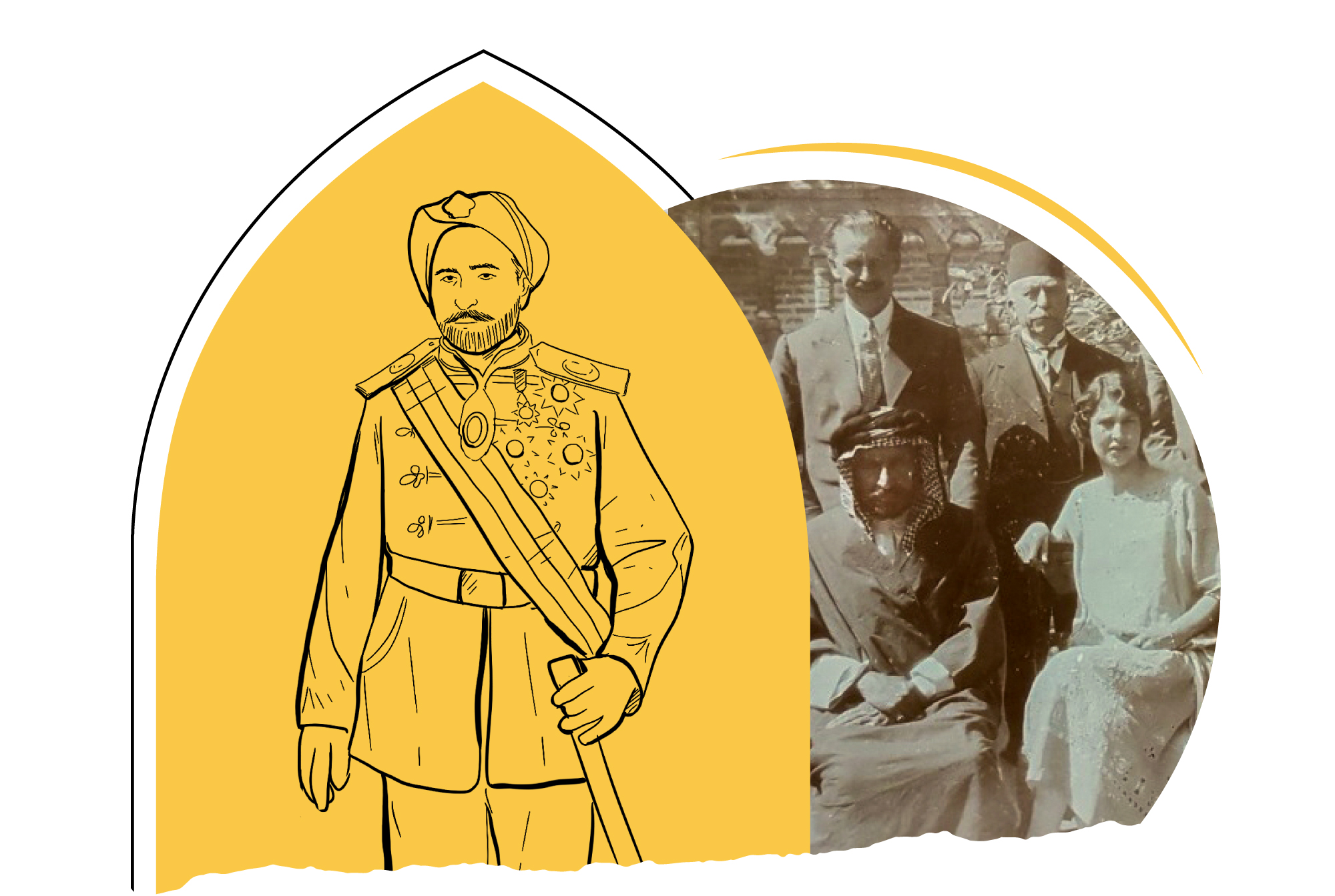
With Colonial Complicity
The Day Ahvaz Lost its Freedom in (1925)
Loss of Ahvaz is one of the black pages in contemporary Arab history. Persian colonialism agreed with foreign ambitions in the region in (1925) on the fall of Ahvaz by the hands of Iran, as a deal within the framework of redrawing the map of the Arab region in post-World War I world. So, what is the story of Ahvaz?
Ahvaz was one of the Arab emirates independent from the Arabian Gulf. This emirate has always been vulnerable to Iranian ambitions as a result of its strategic location, in addition to its significant agricultural and oil resources. However, Iran did not succeed in seizing that emirate due to the strong position of its Emir, Sheikh Khazal Al-Kaabi.
Britain initially stood by Sheikh Khazal Al-Kaabi and declared its protection thereof against Persian ambitions, given the importance of the oil fields in his emirate to Britain. In this context, Britain established an oil refinery in the port of Abadan in Ahvaz and implemented some investments in this regard.
With the outbreak of World War I in 1914, Britain asked Sheikh Khazal to stand thereby in the war in order to attract the Arabs thereto. He did and pledged to protect the oil installations in the emirate from any Turkish or German attacks. In return, Britain, through the British delegate in the Gulf, issued a letter to Sheikh Khazal, in which it pledged to protect him from Iranian ambitions. This letter stated: “Whatever the change might be in the form of the Iranian government and whether this government is monarchical, tyrannical, or constitutional, Britain is ready to provide you with the necessary assistance to reach a solution that satisfies you and us in case the Persian government infringes your recognized competence and rights or your money in Persia. Also, our government will also do its best to defend you against any aggression or transgression that may occur to you from any European country”.
However, matters in Tehran were going in the opposite direction. With the arrival of officer Reza Khan to power and then his accession to the throne thereafter under the name of Reza Shah Pahlavi in the year (1925), the extreme Persianism increased and voices raised demanding the return of ancient Persian glory.
Iranian harassment began with Sheikh Khazal actually began, as a prelude to extending Persian influence over Ahvaz and, eventually, seize it. Tehran started making financial claims it deemed owing by the emirate. Sheikh Khazal refused to submit and responded to Tehran saying that such action is deemed interference in his internal affairs and it contradicts the Shahnshi decree that was granted to his father in the year (1857).
Tehran was not satisfied with that, but rather began a military harassment by sending hundreds of Iranian soldiers to the borders of the emirate under the pretext of maintaining security and order and to confront Bakhtiari Khans who rebelled against Tehran. This matter disturbed Sheikh Khazal and asked for Britain’s intervention to counter this in accordance with its previous pledges made in (1914) to protect Ahvaz from any Iranian interference. However, Britain contented itself with reassuring Sheikh Khazal, who received a letter from Basra confirming the same, that: “Days will prove to Sheikh Khazal that Great Britain does not neglect its friends and does not forget their favors”.
The matter did not stop at military harassment and sending soldiers to the borders of Ahvaz, as the Persians began to stir up the internal troubles to Sheikh Khazal and tried to turn some of his followers against him. Meanwhile, major changes began to emerge in Britain’s policy in the region and began to abandon its traditional allies in favor of Reza Shah Pahlavi and his government in Tehran. Ali Mohafaza explains that political shift and the strong rapprochement between Reza Shah Pahlavi and Britain, saying: “The British admired Reza Khan’s hatred for the Soviets and communism, as much as they liked his ability to impose his obedience on his fellow officers, as well as his ambition to develop the Iranian army and his closeness to them.”
Britain’s statements then changed and was no longer in favor of Sheikh Khazal. The British ambassador in Tehran pressured Sheikh Khazal to settle his differences with the Shah, telling him that it was better for him to “be a friend of our friend”, i.e., to Reza Shah Pahlavi.
Thus, Sheikh Khazal realized the extent of Britain’s deception to him and its inclination towards the Shah. At that point, he tried to unite the tribes of the south under his loyalty to stand up against the Iranian ambitions. Hence, the formation of the “Al-Saada Alliance” or the union of the southern tribes was announced, in preparation for confronting Tehran’s provocations.
Iranian forces moved to invade Ahvaz and the Shah sent a deceptive message to the people of Ahvaz in an attempt to calm them down and separate them from their leader, Sheikh Khazal. The Shah claimed that he came to Ahvaz in order to rid its people of the oppression of Sheikh Khazal and the Iranian forces stormed Ahvaz. Then they resorted to deception and the commander of the Iranian forces claimed to hold a ceremony honoring Sheikh Khazal, yet once the Sheikh arrived, he was arrested and sent to Tehran.
French writer Jacques Biribi comments on the tragic situation that Sheikh Khazal ended up with, saying: “Sheikh Khazal died in Tehran surrounded by all manifestations of honor, deprived, at the same time, of all his rights as an independent Emir. As for his lands, they were annexed to the Persian Empire and all his fault is that his Emirate It is located in a strategic petroleum place in today’s world, the world of oil that does not preserve rights or obligations.
Jack Beribi: "Sheikh Khazal died in Tehran, surrounded by all trappings of honor, deprived at the same time of all his rights as an independent Emir."



- Mustafa Al-Najjar, Political History of the Arab Emirate of Arabistan 1897-1925 AD (Cairo: Dar Al-Maarif, 1970).
- Farah Saber, Reza Shah Pahlavi and Political Developments in Iran 1918-1939 (Sulaymaniyah: Kurdistan Center for Strategic Studies, 2013).
- Ali Mohafaza, Iran Between Persian Nationalism and the Islamic Revolution (Amman: n.p., 2013).
- Jean-Jacques Beribi, Arabian Gulf, translated by: Najdeh Hagar (Beirut: n.p., 1959).




